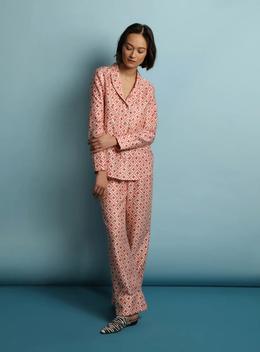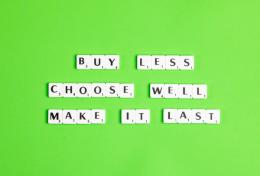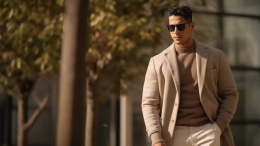5 Tips to Find Sustainable Fashion Brands (You'll Love in 2024)

By Wildr Editor
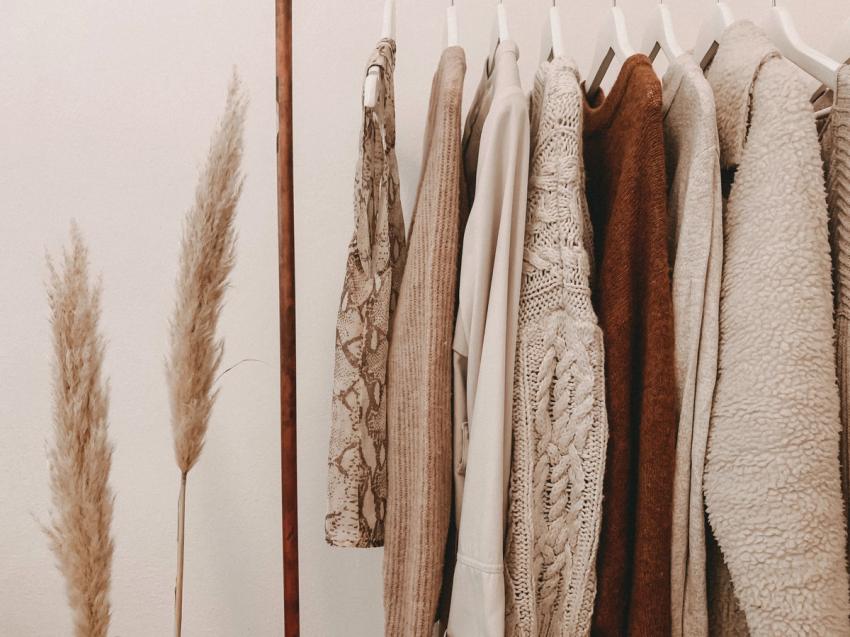
What is Sustainable Fashion?
Sustainable Fashion is an umbrella term that includes the designs, processes, and materials of the life cycle of a product, with ethics and the environment as key priorities.
We tend to see brands and products that fall in the "Sustainable Fashion" category as better for the planet. It's a growing market too, in case you wanted to try a new business venture in this space.
With up to 10% of carbon emissions produced by the fashion industry, we can combat climate change by learning what we can do to move forward.
In fact, understanding the frustrations of shopping for sustainable fashion can help us appreciate the complexities involved. So, what can we do to find sustainable fashion brands?
Here are 5 quick tips:
The 3 R’s of Sustainable Fashion
- Reuse - Reusing and renting your products and clothes is sustainable in the most obvious way. You’re not purchasing and discarding an item, you’re recycling it from one user to another. It’s a popular and growing model for many fashion brands.
- Resale - Purchasing pre-loved clothes at thrift stores is a great option for circular fashion. According to a study by BCG with data by Vestiaire Collective, buying secondhand has become a growing priority in 70% of shoppers, up from 62% in 2018. ThredUp is a popular platform for this.
- Repair - Repair is the key to rental and resale. We need to patch and mend the shirt in order to rent and sell so that it doesn’t end up in landfill. Some brands complain that repair is expensive and time consuming when shopper have unrealistic expectations of repaired clothing which isn’t the same as new.
Do you think brands should repair, or we as consumers, should repair our clothing? Let us know your thoughts at @madewildr
Controversial Luxury Brands
There’s some controversy around luxury brands that label their products as “organic”.
According to the New York Times, many of these fashion brands source their “organic cotton” from India, the largest supplier in the world.
Organic cotton growth grew by nearly 50% in only one year of the pandemic, 50% to 80% of “organic cotton” being sold in India, is fake.
How to escape Greenwashing?
Sign up for our newsletter to stay updated on actual, true, authentic sustainable fashion brands.
Here are the Top 5 Ways to Identify Sustainable Brands:
- Transparency
#WhoMadeMyClothes Brands that are transparent about their suppliers, materials, technology, and welfare of their employees and artisans, are more reliable than companies who hide behind their vague, manufacturing process. - Natural Materials
Some fabrics are better than others. Plant-based cotton, hemp, organic linen, recycled wool are sustainable, natural fibers to consider when you buy new clothing. But be weary of all brands that claim their "natural materials" are sustainable. Not all are. - Eco-friendly Packaging
Sure, that $300 t-shirt you bought online says it’s made from “organic cotton,” and because it’s made by a brand that you love, you trust its commitment to sustainability. But does it come wrapped in five pieces of plastic and glossy paper (which can’t be recycled)? The devil is in the details. - Diversity
What’s the brand’s message on diversity and inclusivity? Do they follow ethical hiring practices, do they include people of color, value health and well-being of their employees, and pay fair wages? If the answer is no to any of these questions, ditch the brand. - Look for Certifications
Here are some to look out for: Global Organic Textile Standard (GOTS), OEKO-TEX, Nest, Fairtrade International or FLOCERT, Bluesign, Better Cotton Initiative (BCI), Cradle to Cradle (C2C), Leather Working Group (LWG), USDA Organic, Regenerative Organic Certified (ROC), and many more.
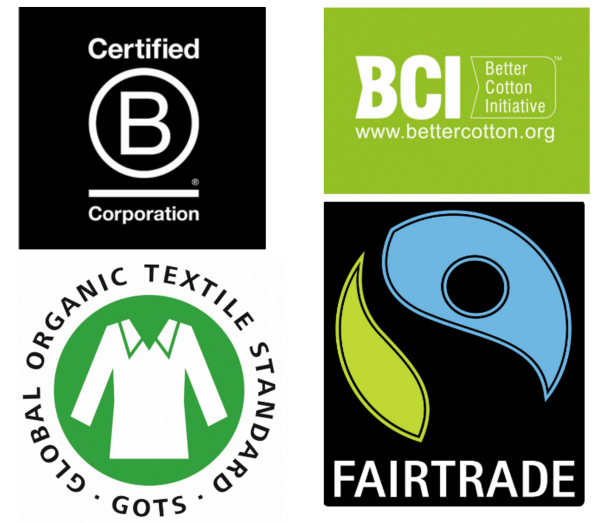
Leaders of Sustainable Fashion
Major fashion brands including Stella McCartney, Chloé, and Gabriela Hearst have recently pursued sustainability as a key priority but luxury fashion in general still has a LONG way to go.
They might be part of the growing trend of eco-friendly fashion that's reshaping the industry, but let's keep the major retail brands accountable and keep an eye on their walk vs. their talk.
Brands are (slowly but surely) starting to understand that consumer tastes are changing and that the future is sustainability. Let’s be patient and try to be consistent with our buying habits. For brands, starting small, by sourcing natural materials, being true and real with your consumers, is a game changer in the industry.
The First Step - Start Small
It’s OK that we’re not all ready to give up eating meat, rent all our clothes, or completely ditch plastic. I’d be very impressed with anyone who’s doing all 3 all of the time.
But we can start small - awareness of brands and deciding which companies to support makes a bigger difference than you think. And know that you're not the only one, with data saying that sustainability is a huge factor in how most consumers shop now and in the future.
We want to take a moment and thank you for taking this step to care about your health, and how your choices impact the planet.
